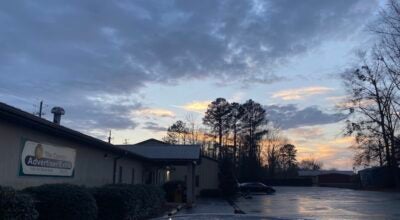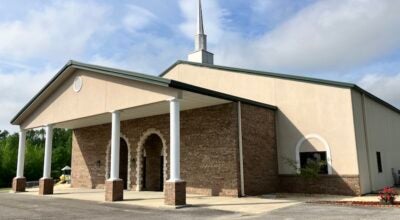The history of Verbena’s old bridge
Published 12:19 pm Friday, March 6, 2015
An old iron bridge that crosses Chestnut Creek in Verbena has carried no traffic for decades and is barely visible once the trees and vines leaf out. So, for a few more weeks, you can see its framework if you know where to look and like to see reminders of another era.
According to the Verbena Historical Society, this bridge was built around 1917 and no doubt replaced a wooden one.
The road that crossed the iron bridge is present day County Road 503, which wound its way through Verbena down to the little community called Midway.
From there travelers went south through Marbury and on towards Deatsville. After the road crossed the iron bridge in Verbena, it continued as Knights Ferry Road, present day County Road 59, heading toward the river.
At the time it was built, this one-lane bridge was sturdy enough and wide enough to handle the mules and wagons, horses and buggies and early automobiles. Many older people used to tell of crossing this bridge to do their shopping, banking, visiting or to take their cotton to the gin when Verbena was a thriving little town.
The late Mary Kelley once told that when her father would take a load of cotton to the gin, he’d have to blindfold the mule to get him to cross the bridge. Calvin Jones who still lives in the area, remembers when he was a senior at Verbena in 1946, he crossed this bridge on his way to school.
Obviously, the bridge was a popular place for young people in Verbena to congregate and to pose for pictures. Millicent DeRamus Heflin, though younger than the teens in this picture, said, “We played on the bridge when we were kids. It’s a wonder we didn’t get killed, but we never did!”
An engineer could tell us that this is a pony truss bridge where “traffic travels between parallel superstructures which are not cross-braced at the top.” In 1917 it was probably a fine structure for the area.

An old photo provided by the Verbena Historical Society shows the bridge as a popular inclusion in photos. Carolyn DeRamus Cumbie identified Louise Sheppard and Natalie Williamson in the photo.
Ironically, in 1916 Congress passed the Federal Aid Road Act sponsored by Alabama Senator John Bankhead. This law would make available to states on a matching basis money to build and improve roads and would require the states to set up highway agencies with professional engineering staffs.
By 1921, the Alabama Highway Department had drawn up a set of plans laying out Highway 31 from the Autauga County line to Cooper. A bigger, more modern bridge would cross Chestnut Creek in Verbena, and the old iron bridge would become obsolete.
Today, no road approaches either end of the bridge; it is on private property with trees and undergrowth surrounding it. No longer used by people, it still provides support for wisteria vines that thrive in the area and will soon put on a good show.
Ola Taylor is a Community Correspondent for The Clanton Advertiser. She can be reached at olattaylor@gmail.com.






